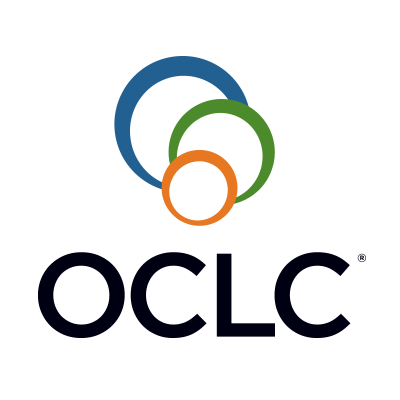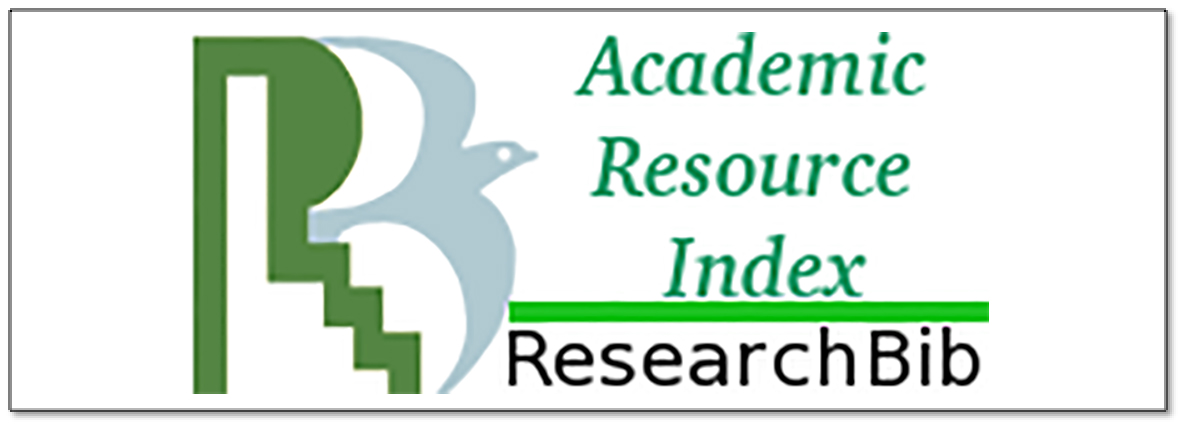Influence of Material Scale and Test Design Parameters on Healing of Asphaltic Materials using healing agents
Abstract
This study investigated the crack healing performance of multiple scales of AC-13 asphalt mixtures treated with two maltene based cationic emulsions and base bitumen emulsion. Crack healing tests on bitumen and mastic subscales were conducted following a tensile fracture-healing-refracture test. Mortar and mixtures healing tests were conducted using a semicircular bending test. The impact of healing time, moisture ingress, aging and variations in healing temperature on crack healing of the treated asphalt materials was investigated. Test results indicated that self-healing of aged asphalt materials is significant at bitumen and mastic subscales and negligible at mortar and mixtures scales. Upscaling from bitumen to mixtures has a serious negative effect on healing. The healing trend of mortar had a strong correlation with healing of mixtures. Therefore, the mortar subscale could accurately screen healing of asphalt mixtures. After long time healing of long-term aged asphalt mixtures treated with HAs, up to 65% of initial peak strength and 55% of fracture energy was recovered. Maltene based cationic emulsions induced better healing than base bitumen emulsion. Asphalt material scale and test design parameters have a significant effect on healing. Therefore, a judicious selection of the appropriate combination of these variables is important in a healing test design.
References
[2] Apostolidis P, Liu X, Scarpas A, Kasbergen C, van de Ven M. Advanced evaluation of asphalt mortar for induction healing purposes. Construction and Building Materials. 2016;126:9-25.
[3] Sun D, Sun G, Zhu X, Guarin A, Li B, Dai Z, et al. A comprehensive review on self-healing of asphalt materials: Mechanism, model, characterization and enhancement. Advances in Colloid and Interface Science. 2018;256:65-93.
[4] Ministry of Transport. JTG D50-2017: Specification for Design of Highway Asphalt Pavement. Beijing, China: China Communications Press; 2017.
[5] Quintus H, Mallela J, Jiang J, Buncher M. Expected Service Life of Hot-Mix Asphalt Pavements in Long-Term Pavement Performance Program. Transportation Research Record: Journal of the Transportation Research Board. 2007;1990:102-10.
[6] Tabaković A, Schlangen E. Self-Healing Technology for Asphalt Pavements. In: Hager MD, Zwaag S, Schubert US, editors. Self-healing Materials. Cham: Springer International Publishing; 2016. p. 285-306.
[7] Al-Mansoori T, Micaelo R, Artamendi I, Norambuena-Contreras J, Garcia A. Microcapsules for self-healing of asphalt mixture without compromising mechanical performance. Construction and Building Materials. 2017;155:1091-100.
[8] Cuvellier A, Torre-Muruzabal A, Van Assche G, De Clerck K, Rahier H. Selection of healing agents for a vascular self-healing application. Polymer Testing. 2017;62:302-10.
[9] Li R, Zhou T, Pei J. Design, preparation and properties of microcapsules containing rejuvenator for asphalt. Construction and Building Materials. 2015;99:143-9.
[10] Shu B, Wu S, Dong L, Wang Q, Liu Q. Microfluidic Synthesis of Ca-Alginate Microcapsules for Self-Healing of Bituminous Binder. Materials. 2018;11(4):630.
[11] Dai Q, Wang Z, Mohd Hasan MR. Investigation of induction healing effects on electrically conductive asphalt mastic and asphalt concrete beams through fracture-healing tests. Construction and Building Materials. 2013;49:729-37.
[12] Franesqui MA, Yepes J, García-González C. Top-down cracking self-healing of asphalt pavements with steel filler from industrial waste applying microwaves. Construction and Building Materials. 2017;149:612-20.
[13] Phan TM, Park D-W, Le THM. Crack healing performance of hot mix asphalt containing steel slag by microwaves heating. Construction and Building Materials. 2018;180:503-11.
[14] Sun Y, Wu S, Liu Q, Zeng W, Chen Z, Ye Q, et al. Self-healing performance of asphalt mixtures through heating fibers or aggregate. Construction and Building Materials. 2017;150:673-80.
[15] Lin J, Hong J, Huang C, Liu J, Wu S. Effectiveness of rejuvenator seal materials on performance of asphalt pavement. Construction and Building Materials. 2014;55:63-8.
[16] Pan C, Tang P, Riara M, Mo L, Li M, Guo M. Effect of Healing Agents on Crack Healing of Asphalt and Asphalt Mortar. Materials. 2018;11(8):1373.
[17] Riara M, Tang P, Mo L, Chen M, Zhang J, Wu S. Experimental assessment of the long-time crack healing in asphalt mixtures using healing agents. Construction and Building Materials. 2018;191:411-22.
[18] Riara M, Tang P, Mo L, Javilla B, Wu S. Investigation into crack healing of asphalt mixtures using healing agents. Construction and Building Materials. 2018;161:45-52.
[19] Ayar P, Moreno-Navarro F, Rubio-Gámez MC. The healing capability of asphalt pavements: a state of the art review. Journal of Cleaner Production. 2016;113:28-40.
[20] Boatemaa L, Kwakernaak C, van der Zwaag S, Sloof WG. Selection of healing agents for autonomous healing of alumina at high temperatures. Journal of the European Ceramic Society. 2016;36(16):4141-5.
[21] Bekas DG, Tsirka K, Baltzis D, Paipetis AS. Self-healing materials: A review of advances in materials, evaluation, characterization and monitoring techniques. Composites Part B: Engineering. 2016;87:92-119.
[22] Scheiner M, Dickens TJ, Okoli O. Progress towards self-healing polymers for composite structural applications. Polymer. 2016;83:260-82.
[23] García Á. Self-healing of open cracks in asphalt mastic. Fuel. 2012;93:264-72.
[24] García A, Norambuena-Contreras J, Bueno M, Partl MN. Single and multiple healing of porous and dense asphalt concrete. Journal of Intelligent Material Systems and Structures. 2015;26(4):425-33.
[25] Tang J, Liu Q, Wu S, Ye Q, Sun Y, Schlangen E. Investigation of the optimal self-healing temperatures and healing time of asphalt binders. Construction and Building Materials. 2016;113:1029-33.
[26] Liu Q, Schlangen E, van de Ven M, van Bochove G, van Montfort J. Evaluation of the induction healing effect of porous asphalt concrete through four point bending fatigue test. Construction and Building Materials. 2012;29:403-9.
[27] Bergh V. The effect of aging on the fatigue and healing properties of asphalt mortars [Ph.D]. Netherlands: Delft University of Technology; 2011.
[28] Riara M, Tang P, Mo L, Hong W, Chen M, Wu S. Evaluation of moisture and temperature effect on crack healing of asphalt mortar and mixtures using healing agents. Construction and Building Materials. 2018;177:388-94.
[29] Ministry of Transport. JTG E20-2011: Standard Test Methods of Bitumen and Bituminous Mixtures for Highway Engineering. Beijing, China: China Communications Press; 2011.
[30] American Society for Testing and Materials. ASTM D 1754: Standard test method for effects of heat and air on asphaltic materials (thin-film oven test). Annual book of ASTM standards. Washington DC, USA: ASTM; 2009.
[31] American Association of State Highway and Transportation Officials. AASHTO R 28: Accelerated Aging of Asphalt Binder Using a Pressurized Aging Vessel (PAV) Washington DC, USA: AASHTO; 2012.
[32] American Association of State Highway and Transportation Officials. AASHTO R30: Standard practice for mixture conditioning of hot-mix asphalt (HMA), Standard specifications for transportation materials and methods of sampling and testing, 30th ed. Washington DC, USA: AASHTO; 2015.
[33] American Association of State Highway and Transportation Officials. AASHTO TP 105: Standard method of test for determining the fracture energy of asphalt mixtures using the Semicircular Bend geometry (SCB). Washington DC, USA: AASHTO; 2013.
[34] Riara M, Tang P, Mo L, Javilla B, Chen M, Wu S. Systematic Evaluation of Fracture-Based Healing Indexes of Asphalt Mixtures. Journal of Materials in Civil Engineering. 2018;30(10):04018264.


























1.gif)
